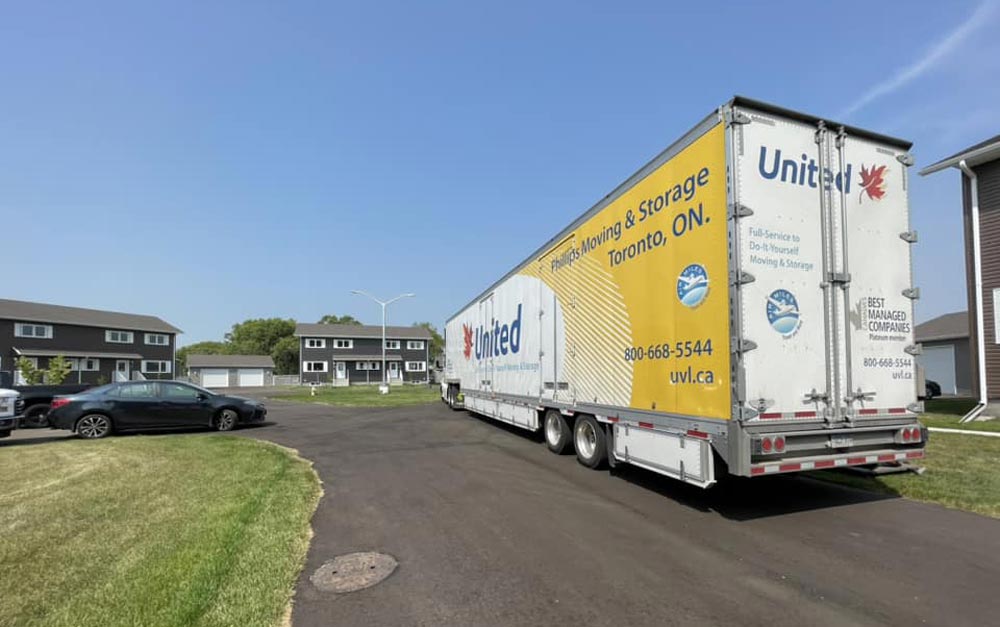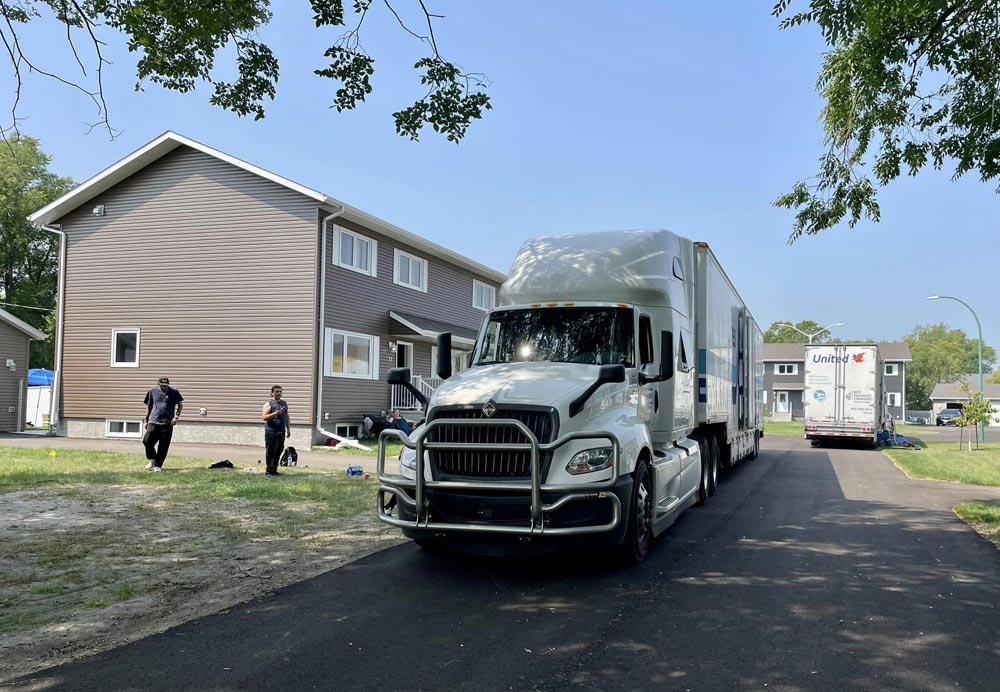Call it Posting Survival 101.
Jodi McFadden at CHFA has some helpful hints for those moving in and or moving out of RHUs from the housing side of things. On the top of the CFHA march-out recommendations is booking a pre-inspection.
“When you submit your 30-day notice, we set up a pre-inspection. It is voluntary, but we find that an Inspector can talk to them about things that may need to be done before they leave and gives you the time to fix things that may be damaged,” she explained.
Often times, damages can be repaired with supplies that CFHA has on hand. Damages like holes in the wall are common and CFHA has wall putty on hand for all RHU dwellers to use at no cost. CFHA also has items like window screen, dryer house, and smaller repair items.
If a tenant leaves damages when they vacate, they will be billed CFHA’s cost to repair, which is at contractor rate and can be expensive.
“We would rather people not have to pay that,” said McFadden.
She also took some time to debunk the myth which states an RHU resident will be free of damage charges after 10 years. All components of an RHU have an industry-standard lifecycle and damage charges are prorated accordingly.
“Flooring, for example, is on a 10-year lifecycle. If you live in a house for eight years, and the flooring is damaged, you would pay 20 per cent of the cost, as we would expect to only get another two years out of the flooring anyway.”
McFadden explained for march-ins, there are less concerns.
“For march-ins the biggest thing is people having their insurance set up. We cannot give the keys to them without insurance. We do like to talk to people about that when we are allocating the house.”
Once given the keys, a tenant will receive a march-in package which will contain several helpful items such as garbage and recycling pick-up information, copies of Base Standing Orders (BSO) which apply to housing, and the occupant condition report. The occupant condition report should be completed and returned to CFHA.
“We recommend you take about a week to settle into your house and go through in case there are any deficiencies,” she said. “Sometimes when a house has been empty for a while, there may be things that do not work that we won’t see.”
When allocating homes, CFHA is often met with a challenge to meet everyone’s housing needs.
“It can be challenging when people are going from site to site,” says McFadden. “You can be offered bigger of smaller than your household size depending on availability.”
In addition to size needs, all potential occupants are prioritized. “Priority-one” are those who have had their move paid for by the government, with “priority-two” being those who are completing local moves. Priority-two includes those who require a larger unit.
McFadden acknowledged on occasion it seems there are several vacant units on the Base. A vacant unit, however, is not necessarily an available unit. Vacant units are often already allocated to a tenant and often require maintenance before the allocated tenant can move in.



